Australia AiG Performance of Services Index rose 6.6 pts to 56.2 in January, hitting the highest level since June last year. Looking at some details, sales rose 5.3 to 58.9. Employment rose 0.5 to 56.7. New orders rose 10.5 to 57.9. Supplier deliveries rose 11.0 to 51.4. Input prices rose 0.8 to 66.1. Selling prices rose 4.0 to 62.2. Average wages dropped -2.9 to 56.9.
Innes Willox, Chief Executive of Ai Group, said: “The performance of Australia’s services sector rose over the December-January period with sales, employment and new orders all growing compared with November…. Businesses reported a slight easing of input price and wages pressures compared with November while selling prices rose indicating a belated and partial recovery of earlier cost rises. The rise in employment, while encouraging, came alongside numerous reports of the unavailability of staff and appears likely to reflect businesses hiring staff to cover for the workforce impacts of the Omicron wave.”




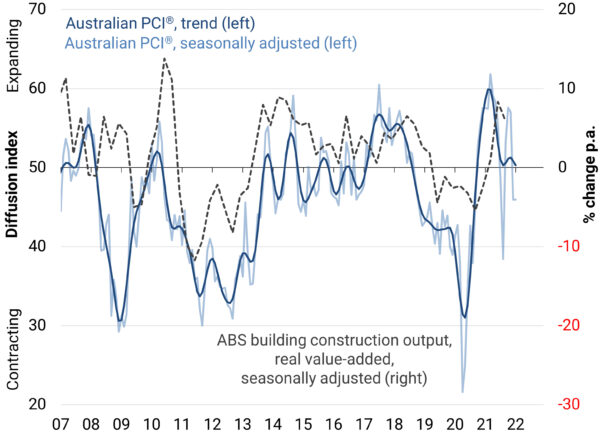
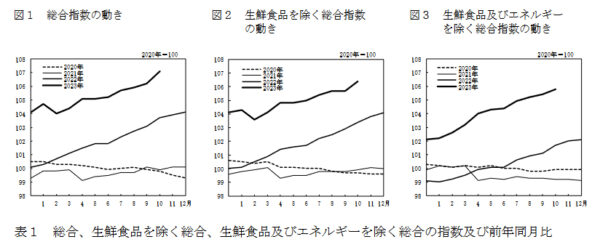
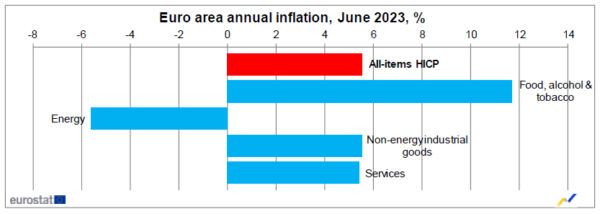
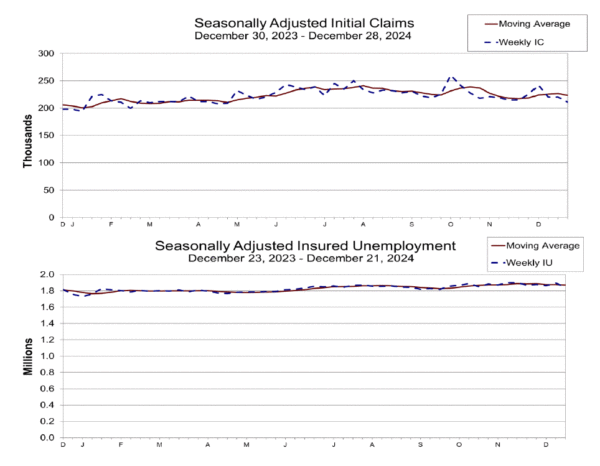
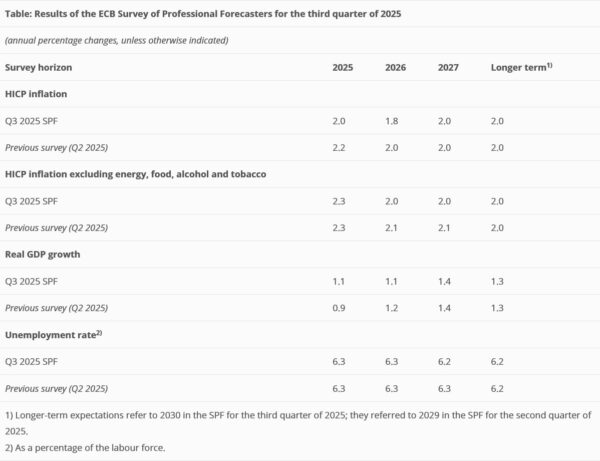
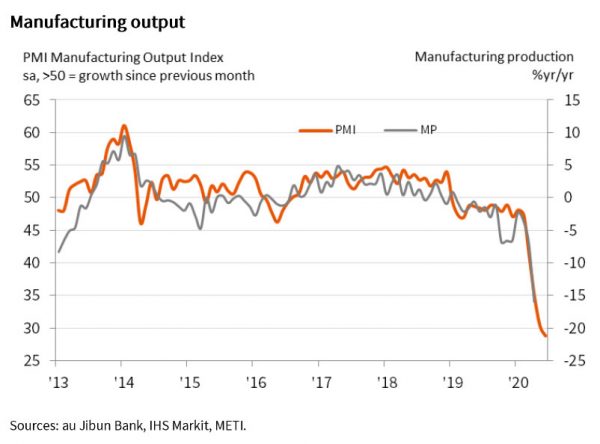
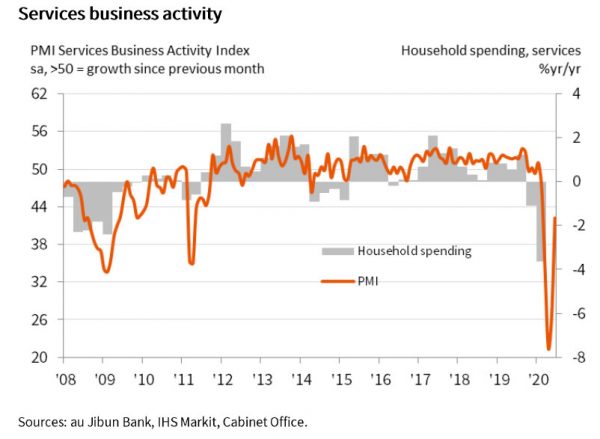

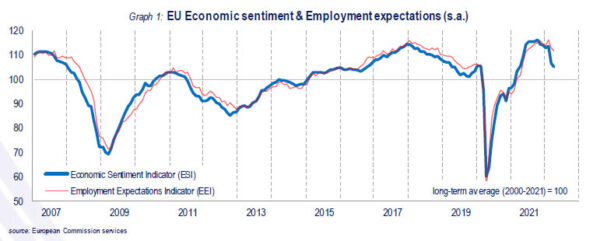
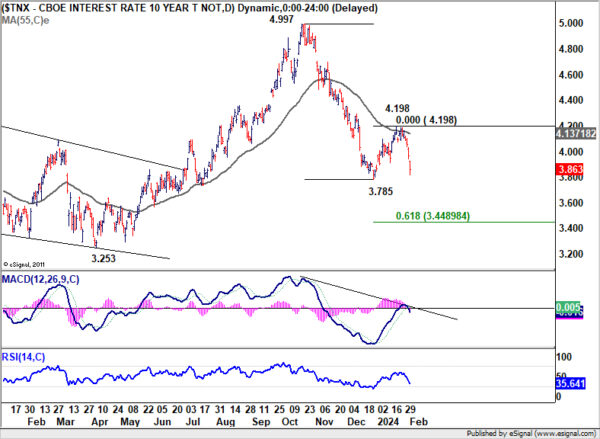
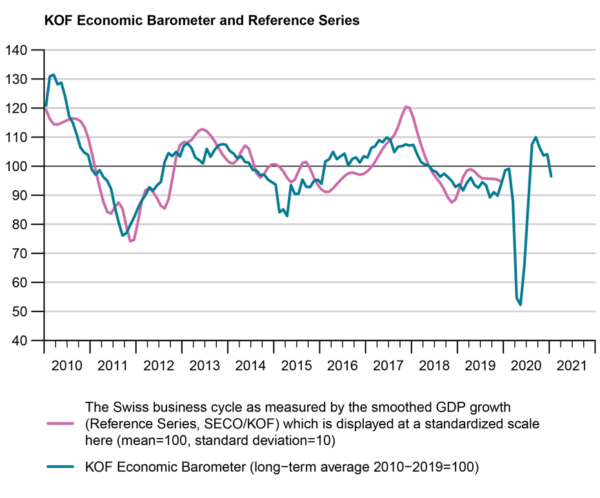
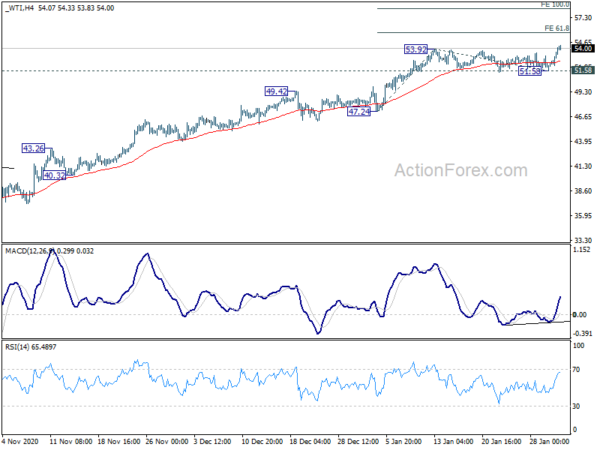
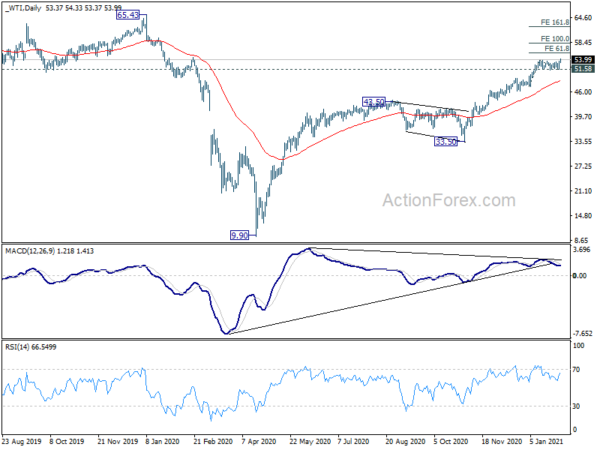
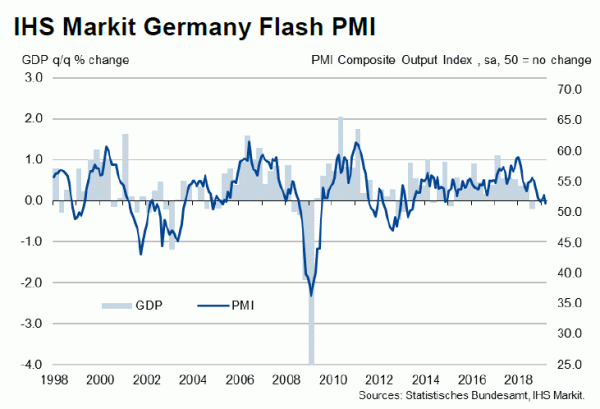
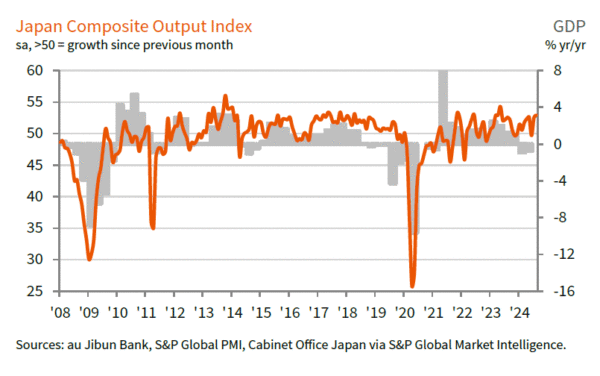
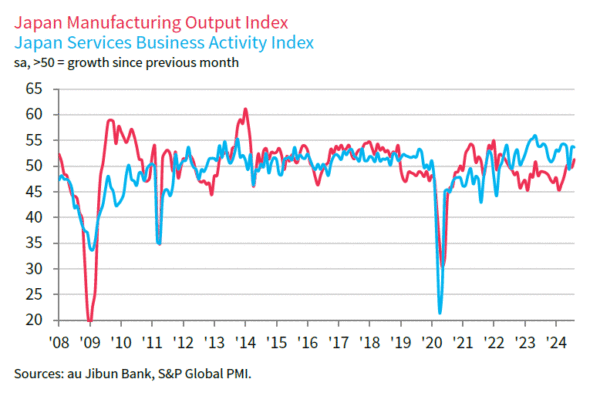

Dollar risks medium term reversal on much more dovish than expected Fed
Risks of medium term bearish reversal in Dollar jumps after the much more dovish than expected Fed projections. Break of 1.1419 resistance is taken as the first sign of medium term bottoming at 1.1176. That comes after hitting 61.8% retracement of 1.0339 to 1.2555 at 1.1186, on bullish convergence condition in daily MACD. Sustained trading above 1.1419 will bring further rise to 1.1569 to key resitance to confirm medium term bottoming. Though, it’s still too early to confirm trend reversal as we’ll have to look at the eventual strength and structure of the rise from 1.1176 to make a judgement.